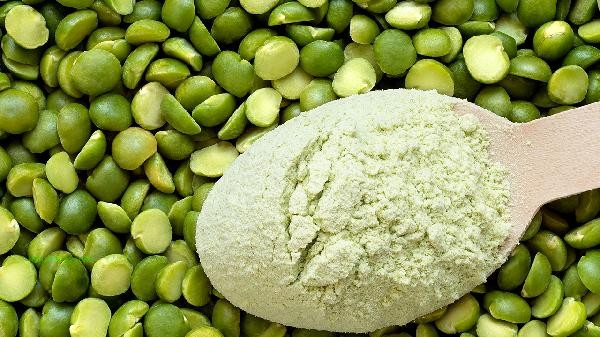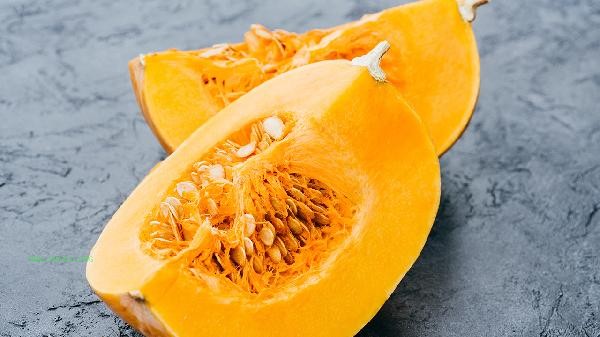The restoration of diet after fluid loss should follow the principle of gradual transition from liquid foods to normal diet, avoiding excessive burden on the gastrointestinal tract. The main recovery methods include small meals, choosing easily digestible foods, supplementing protein, increasing dietary fiber, and monitoring body reactions.

1. Small and multiple meals:
In the initial stage, eat 5-6 times a day, with each meal controlled at 200-300 calories. Prefer rice soup, lotus root starch and other low osmotic liquid foods, and gradually increase semi liquid like thick Congee and rotten noodles. Take 2-3 hours between meals to avoid bloating caused by excessive intake at once.
2. Easy to digest foods:
Choose low-fat and low fiber cooking methods, such as boiled eggs, steamed fish, tofu, etc. Avoid high-temperature cooking such as frying and grilling, and reduce the use of spicy and irritating seasonings. Root vegetables are recommended to be made into puree, and fruits can be heated before consumption.
3. Protein supplementation:

Daily protein intake is calculated at 1.2-1.5 grams per kilogram of body weight. Select high-quality proteins such as whey protein, fish meat, chicken breast, etc., and supplement unsaturated fatty acids with a small amount of nuts. The initial brewing concentration of protein powder should not exceed 10%.
4. Increase dietary fiber:
Gradually add soluble dietary fiber such as oats and pumpkin during the recovery period, and introduce insoluble fiber such as celery and brown rice in the later stage. Daily fiber gain should not exceed 5 grams, while ensuring 2000 milliliters of water to prevent constipation.
5. Monitor physical reactions:
Record daily weight fluctuations, bowel movements, and hunger scores. Timely supplement honey water when experiencing symptoms of low blood sugar such as dizziness and palpitations. If diarrhea or constipation persists for more than 3 days, it is necessary to adjust the diet structure or seek medical examination. During the recovery period, it is recommended to maintain low-intensity exercise such as walking and yoga for 30 minutes a day to promote gastrointestinal peristalsis but avoid vigorous exercise. Can be combined with compound vitamin supplements, with a focus on supplementing B vitamins and electrolytes. At the psychological level, it is necessary to establish a long-term healthy eating concept and prevent retaliatory eating. Regularly conduct body composition testing, and consider gradually increasing calorie intake once the basal metabolic rate returns to the normal range. The entire recovery process is recommended to last for 2-4 weeks, and the specific period needs to be adjusted according to individual tolerance.




Comments (0)
Leave a Comment
No comments yet
Be the first to share your thoughts!